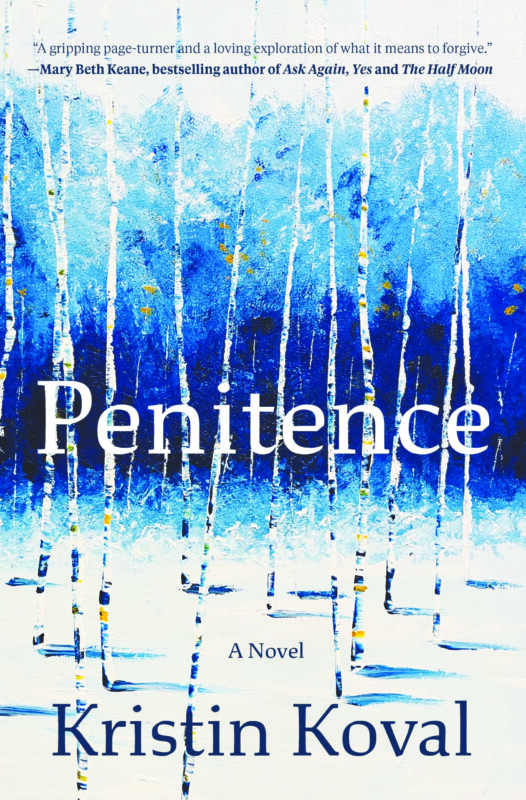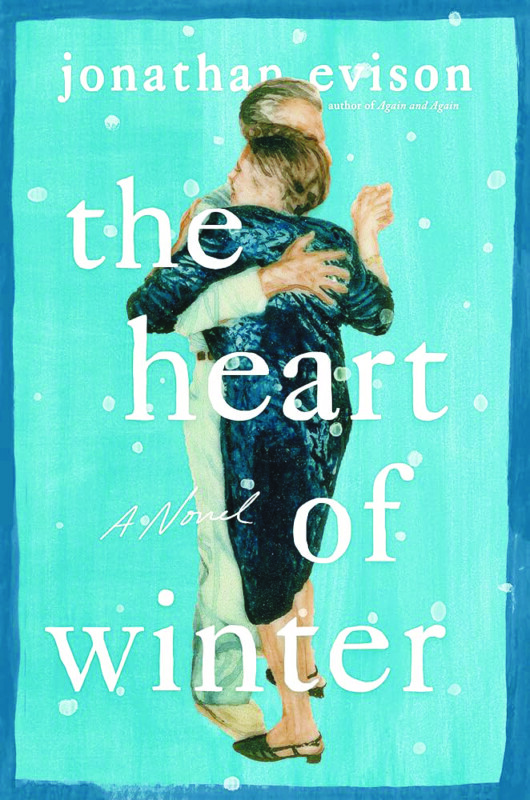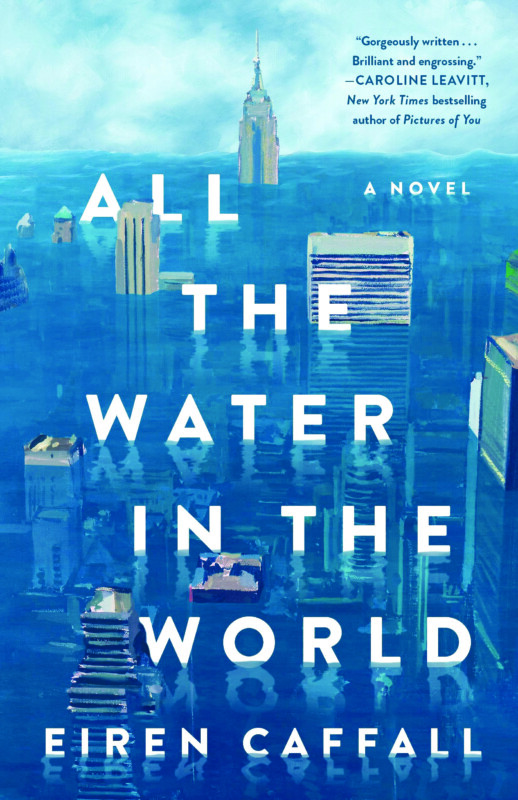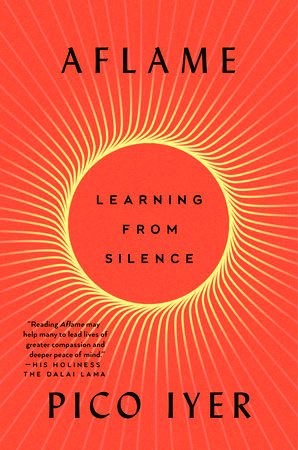Penitence, by Kristin Koval (Celadon, 320 pages)
If former lawyer Kristin Koval’s debut novel, Penitence, were a court case, it would be called Potential vs. Execution. The main storyline has great potential, the writing itself is solid, and I wanted to keep reading to see the resolutions to the plot and various subplots. But getting there was often a slow, meandering journey that weaved back and forth between timelines and third-person points of view — and the resolutions that I kept hoping to find as I made my way to the end of the book never came to fruition.
There are two families at the heart of this novel, the Sheehans and the Dumonts, whose lives have intertwined in various ways for decades. The matriarchs of each family used to be best friends, and their kids were high school sweethearts, until an accident mired in questionable decisions broke them all apart. Another tragedy, decades later, brings them back together.
The story begins in rural Colorado with the murder of a 14-year-old boy, Nico, dead at the hands of his 13-year-old sister, Nora. Their parents, Angie and David Sheehan, request legal help from local lawyer Martine Dumont, the mother of Angie’s first love, Julian — who works as a criminal defense attorney in New York City and agrees to help with the case as well. So he flies back to his hometown, where Angie has remained all this time. Lots of memories dedicated to each of their points of view of what happened “back then” ensue.
Does it feel like I glossed over the fratricide? That’s what reading Penitence felt like — this major crime was overshadowed by chapters devoted to Julian and Angie’s past and the years-ago incident that changed their lives forever. Those chapters, to me, felt repetitive and boring; I kept finding myself trying to rush through them to get back to that small matter of fratricide.
In that storyline, Nora is pretty much mute, which seems like a convenient way for Koval to avoid answering The Big Question: Why did Nora kill her brother? Instead, we get a little bit of speculation about that and a lot of extraneous characters and side stories.
Angie’s mom, Livia, for example — she’s not a likeable character in the “back then” storyline, and in the “now” storyline she’s suffering from Alzheimer’s and barely knows who anyone is. I understand that this mother-daughter relationship is a piece of the family-drama puzzle that Koval has put together, but like many of the subplots, it was given too much space.
Koval wants us to “consider whether the worst thing we’ve ever done is all that defines us,” according to the jacket blurb and the numerous references to that idea that are littered throughout the book. And I appreciate that she wove together several storylines that allow for contemplation of that question.
But oh my god, give me some closure. I wasn’t looking for a happily ever after here, but I did want an ending that made the read feel worthwhile; instead, I felt frustrated. This would actually be a great book club choice, as I imagine opinions and debates would be intense.
There is one twist in Penitence that I didn’t see coming, and that was the highlight for me. But a “suspenseful, addictive page-turner,” as it bills itself to be? I think that’s a bit misleading — perhaps I would have enjoyed the book more if I had been expecting the slow burn that it is. Or perhaps it would have been more of a suspenseful page-turner if more attention were given to Nora’s crime: her motive (I wanted so badly to get inside her head!), how her case played out in the court system and how it affected her parents.
Koval writes in the Acknowledgements that she thought fratricide might “provide the right framework for a novel about forgiveness,” and she’s right. David and Angie react very differently toward Nora after the murder — she is their daughter, but she killed their son. David turns toward her, while Angie turns away. It’s fascinating, thinking about how people might feel in that tragic situation.
I wish Koval had stuck more closely to this framework, that the book had been more singularly focused on that crime and the aftermath. Penitence had the potential to be great, but ultimately there’s just too much going on. C+ —Meghan Siegler
Featured Image: Penitence, by Kristin Koval






